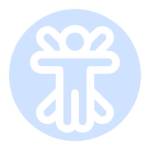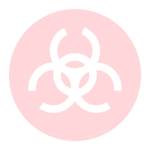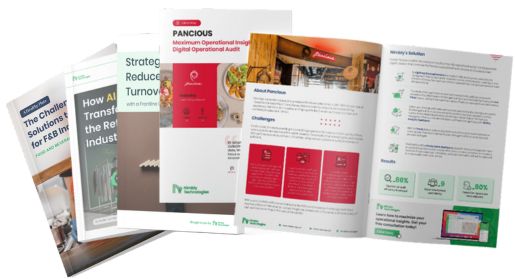

Hazards are common to encounter at workplaces, but the types of hazards you face are specific depending on the field and challenges. Understanding specific hazards and how to handle them will help you reduce the risks of getting harmed or hurt, even if your type of work is dangerous.
Hazard is generally described as any potential cause of harm toward personnel and people, equipment, or the environment around the workplace. Many workplaces share general hazards, but certain professions or locations have more specific ones.
Hazard comes in various scales, and good workplaces consider every hazard based on its level of threat. For example, a regular office building in a safe area may pose a low level of fire and chemical hazards to the employees. Still, a laboratory will assess these hazards as high-risk potentials.
Unchecked hazard risks will disrupt work activities, cause liabilities, and reduce the workplace’s reputations. Therefore, every good work must recognize and identify hazard risks. According to the United States Department of Labor, failure to identify and recognize hazards are the root causes of workplace injuries, deaths, illnesses, and incidents.
Potential hazards and their management risk strategies must be included in every SOP. This way, all employees, managers, leaders, and general visitors can anticipate them.
also read How workplace safety contributes to staff productivity
Every workplace must recognize six general types of hazards to protect people, equipment, and the environment. They are:

Ergonomic hazards are common yet hard to identify because they affect individuals after a long time. They cause individuals to suffer from injuries or physical ailments because they cause poor postures or improper movements. Examples are injuries from bad postures, low-quality workstations, vibrations, quick and repeated movements, and the use of excessive forces.

Chemical hazards cause injuries, ailments, damages, or deaths from exposure to chemical compounds. They include exposure to liquid, solid, or gas compounds that cause breathing problems, burns, irritation, and explosion.

Biological hazards are caused by organisms that cause poisoning, diseases, and other ailments. The causes may come from animals, plants, and pathogens, such as exposure to animal droppings, urine, blood, mites, fungi, mold, bacteria, and plant saps.

Safety hazards can be found in all workplaces. They are present as results of mismanagement, misplacement, or danger from working in certain conditions. Examples are unguarded machinery parts, spills, narrow spaces, unsafe tall structures, heights, and electric faults.

Psychological hazards involve conditions that impact people’s psychological and mental health; they may involve excessive workload, bullying, unresolved conflicts, discrimination, threats, and harassment. Prolonged exposures can lead to stress, depression, lack of motivation, and many more.

The physical elements in the workplace cause physical hazards. They can cause harm even without the workers getting into contact or touching them. Examples are hazards from extreme temperatures, radiation, UV rays, and constant vibrations or loud noises.
Click here to know How to design a preventive maintenance program properly
Good workplaces must follow formal standards when managing hazards and reducing risks. They must follow these steps:
Each workplace must identify specific hazards related to its environment and field. The assessment process is important to group the level of risks they possess.
Control measures can only be done if each hazard is identified. Each step must be tested and reviewed to ensure that it can protect workers and other people in that environment. Control measures may involve activities such as isolating the hazards or conducting health and safety standards.
A workplace must apply the control measure in the SOP as a part of the worker’s protection. It must include regular safety training, safety tool provision, compensation for accidents, and consequences for those failing to follow the standard.
One way to ensure that the health and safety standards are followed is by using a digital checklist such as Nimbly. This management software offers a checklist that you can create before sharing it on a dashboard. For example, you can create a safety checklist and ensure that all the managers get it, ensuring that everyone has the same formal standard in preventing hazards.
In conclusion, recognizing the types of hazards is just the first step in workplace risk management. Make sure you identify each hazard, follow the formal health and safety standards to prevent them, and use a digital checklist such as Nimbly to ensure everyone follows the prevention steps.
also read How to perform quality control inspection properly.
